
Why Soaking Vegetables in Saltwater Is Outdated
Soaking vegetables in saltwater has been a common practice for many years. However, recent discussions around food safety and best practices have brought into question whether this method is as effective or safe as once thought. While it was traditionally believed to help clean vegetables, some experts now caution that it can have harmful effects if not done properly. This article will explore why soaking vegetables in saltwater might not be the best method and suggest an alternative that is both safer and more effective.
Why Soaking Vegetables in Saltwater Is Outdated
The process of soaking vegetables in saltwater has been passed down through generations. The theory behind it was simple: the saltwater would help to remove dirt, pesticides, and other contaminants from the surface of vegetables. While this method may have some merit in theory, it’s important to understand why it is being reconsidered by food safety experts today.
One of the main concerns with soaking vegetables in saltwater is the potential for residual salt to remain on the vegetables after rinsing. Salt can be absorbed by the vegetables, altering their taste and potentially leading to excess sodium consumption. This can be a particular issue for individuals who are already watching their sodium intake due to health concerns such as hypertension or kidney disease.
Additionally, saltwater soaking is not always effective in removing harmful pesticides and bacteria. While salt may help to break down some surface contaminants, it does not guarantee complete removal. Some chemicals and bacteria are more resistant to saltwater, and soaking vegetables in saltwater may only remove superficial dirt, leaving behind potentially harmful residues.
The Risks of Improper Soaking
Another issue with saltwater soaking is the risk of improper soaking techniques. If vegetables are left in saltwater for too long or in a concentration that is too high, they can become damaged. Some vegetables, especially delicate leafy greens, may begin to wilt or lose nutrients if exposed to saltwater for extended periods.
Moreover, improper handling of the water can lead to contamination. If the water is not changed frequently, bacteria can multiply, negating the purpose of the cleaning process. Soaking in saltwater may also result in uneven washing, as certain areas of the vegetable may be exposed to more salt than others.
A Better Alternative: Washing with Water and Vinegar
Given the concerns around saltwater soaking, it is better to use an alternative method that is both safer and more effective. Washing vegetables thoroughly with plain water is an essential first step. Water helps to remove the majority of surface dirt and debris without introducing any harmful substances.
For an extra layer of protection, using a vinegar solution is highly recommended. Vinegar has natural antibacterial properties and can help to remove both surface dirt and some pesticide residues. To create a vinegar solution, simply mix one part vinegar with three parts water. Submerge the vegetables in the solution for about five minutes and then rinse them thoroughly under running water. This method is not only effective but also natural and safe.
Benefits of the Vinegar Solution
Using a vinegar solution to wash vegetables offers several benefits:
-
Natural Cleaning: Vinegar is a natural disinfectant, which means it can help reduce bacteria and germs without the need for harsh chemicals.
-
Removes Pesticides: Some studies suggest that vinegar can help to remove pesticide residues from the surface of vegetables more effectively than water alone.
-
Preserves Taste and Texture: Unlike saltwater, vinegar does not alter the taste of the vegetables. It also helps maintain the freshness and texture of the produce.
-
Cost-Effective: Vinegar is an inexpensive and easily accessible ingredient, making this cleaning method budget-friendly.
-
Safe for All Vegetables: Whether you are cleaning delicate leafy greens or firmer root vegetables, vinegar is a gentle yet effective cleaner for all types of produce.
Additional Tips for Cleaning Vegetables
In addition to using water and vinegar, there are a few other tips to keep in mind when cleaning vegetables:
-
Use a Vegetable Brush: For vegetables with thicker skins, such as potatoes, carrots, or cucumbers, using a vegetable brush can help scrub away dirt and bacteria more effectively.
-
Peel When Necessary: If you are concerned about pesticide residue on fruits and vegetables with skins, peeling them can provide an added level of protection. However, this may result in a loss of some nutrients that are found in the skin.
-
Rinse Thoroughly: After washing your vegetables, make sure to rinse them thoroughly under running water to ensure that any vinegar or soap residue is removed.
-
Dry with a Clean Towel: After cleaning, use a clean kitchen towel or paper towels to pat the vegetables dry. This will help remove any excess water and prevent bacterial growth.
Conclusion
While soaking vegetables in saltwater may have been a common practice in the past, it is no longer considered the best method for cleaning produce. The risks associated with saltwater soaking, such as excessive sodium intake and the ineffectiveness in removing pesticides and bacteria, outweigh the potential benefits. Instead, washing vegetables with plain water and using a vinegar solution provides a safer and more effective alternative. This method is not only natural and inexpensive but also ensures that vegetables remain fresh, healthy, and free of harmful residues. By adopting this updated method, you can ensure that your vegetables are properly cleaned and ready for consumption.
News in the same category


If your air fryer is rusty: Just do this and the rust will be easily cleaned
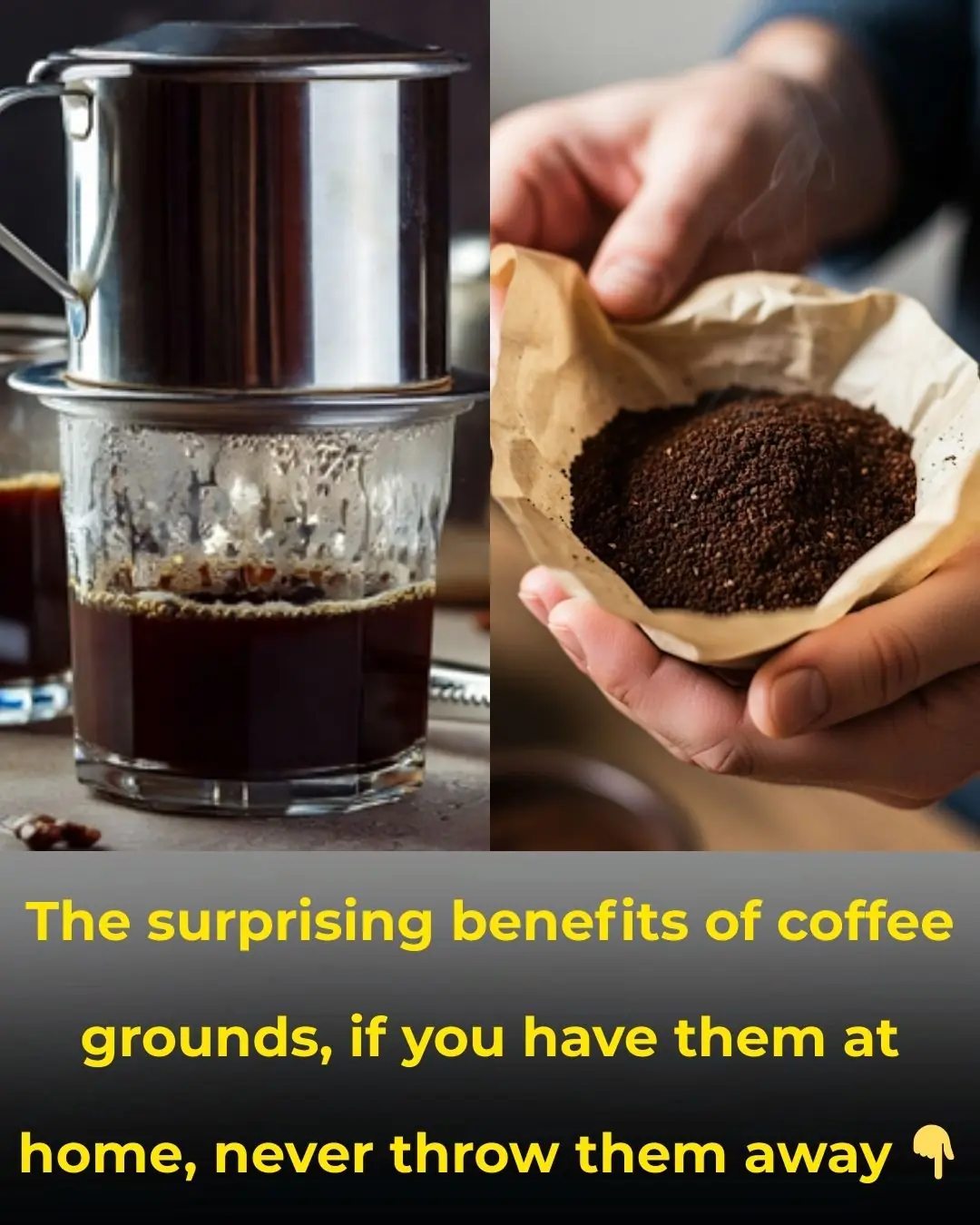
The surprising benefits of coffee grounds, if you have them at home, never throw them away
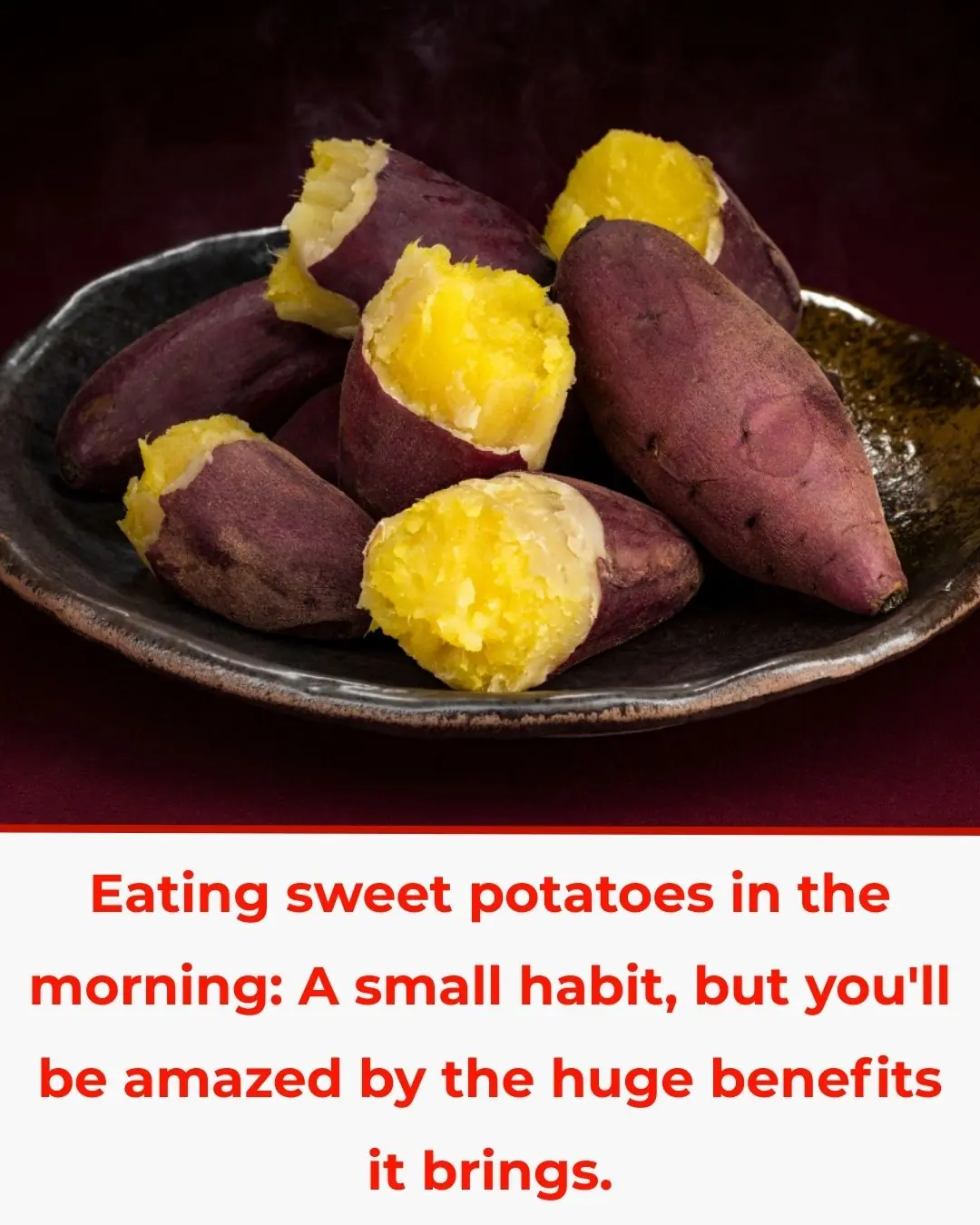
Eating sweet potatoes in the morning: A small habit, but you'll be amazed by the huge benefits it brings.
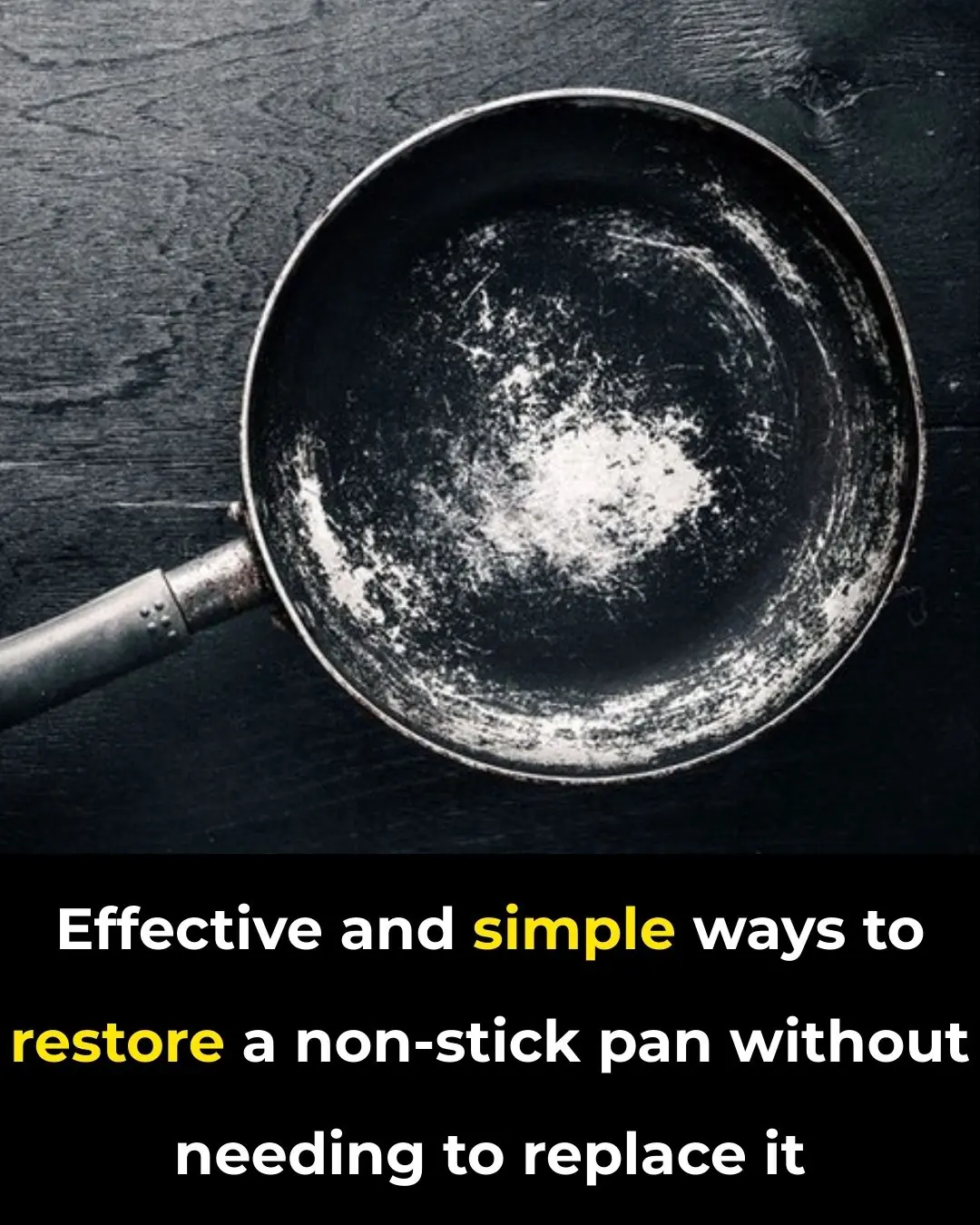
Effective and simple ways to restore a non-stick pan without needing to replace it
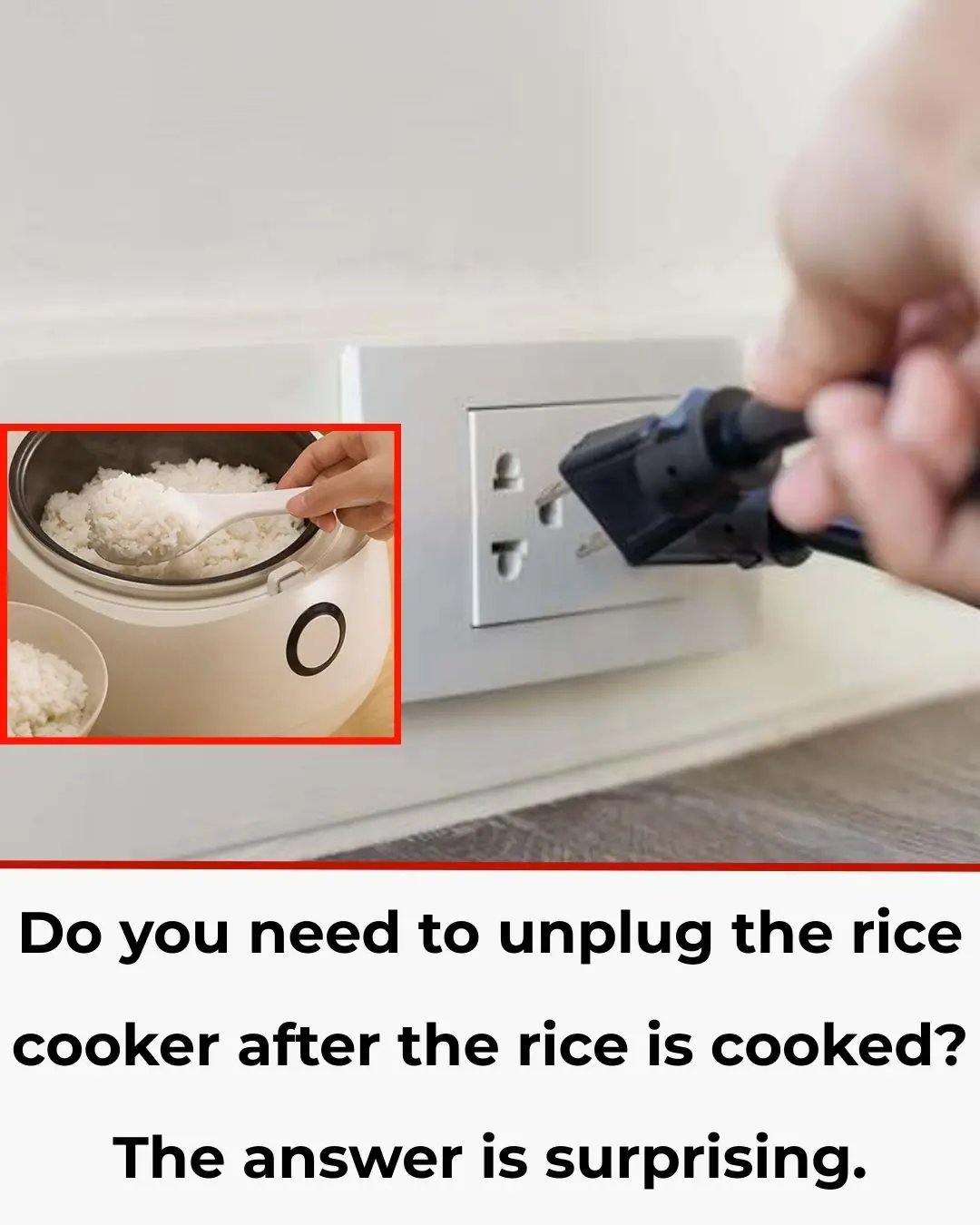
Do you need to unplug the rice cooker after the rice is cooked? The answer is surprising.

You Don’t Need to Mop the Floor All Week, But It Will Still Be Spotless Thanks to These 4 Amazing Tips That Very Few People Know

Should the Bathroom Door Be Closed or Open After Use? Listen to the Reason, I Just Found Out I’ve Been Doing It Wrong for Years
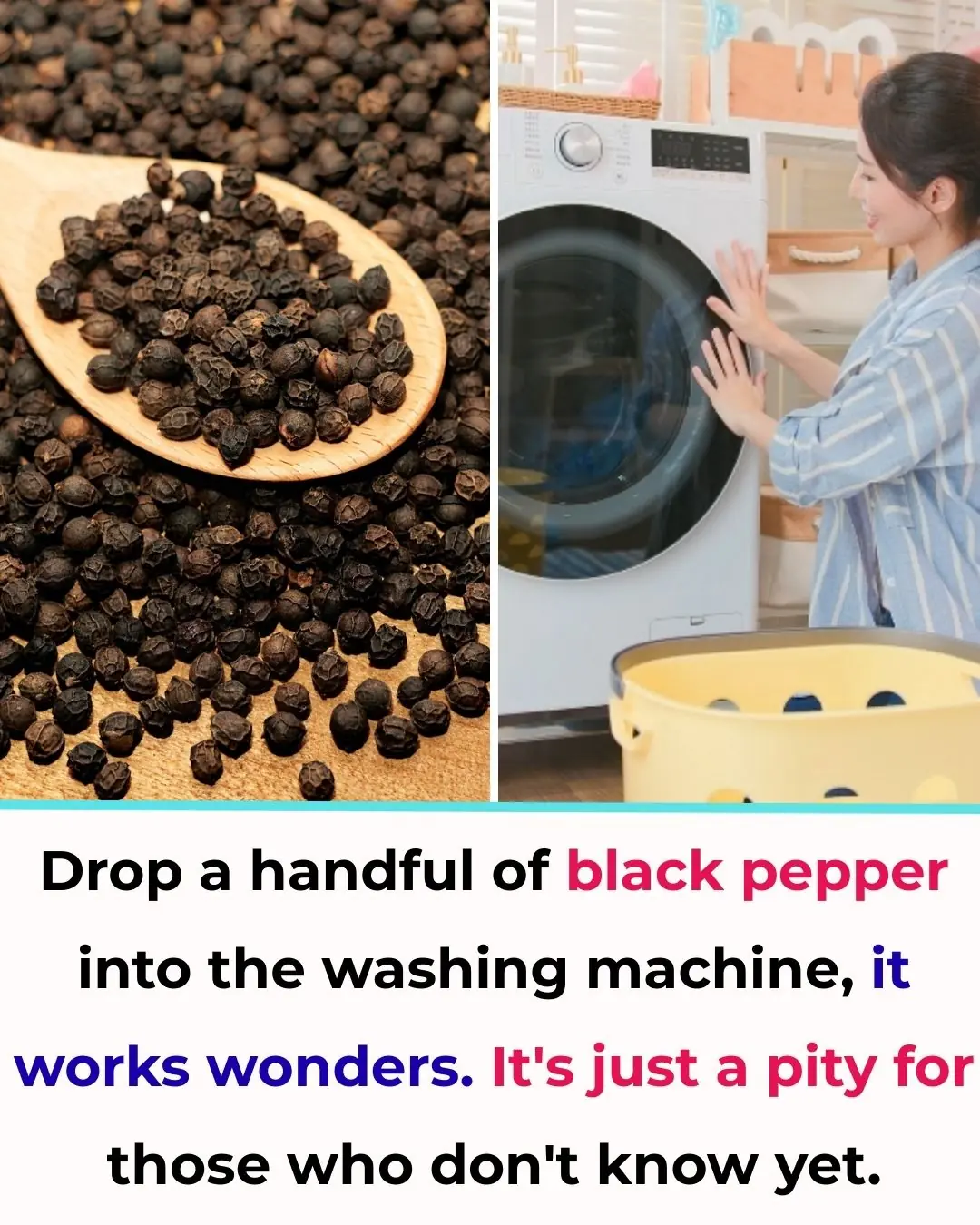
Throw a Handful of Black Pepper into the Washing Machine: The Miraculous Effect, Only for Those Who Haven't Known Yet

How to Fit All 10 Cows into 9 Stalls? It's Very Simple, But Not Everyone Thinks of It

The Small Hole at the End of the Nail Clipper Has a Wonderful Function

Today I Just Found Out That the Freezer Compartment of the Fridge Gets Iced Up, and You Just Need to Do This Right Away

Thaw Frozen Fish in Water First! The Chef from the Restaurant Shares 3 Tips to Thaw Fish, and It Will Be as Fresh as Live Fish

The Volume Button on Your Phone Has 6 Hidden Functions That Many Long-Time Users Are Still Unaware Of
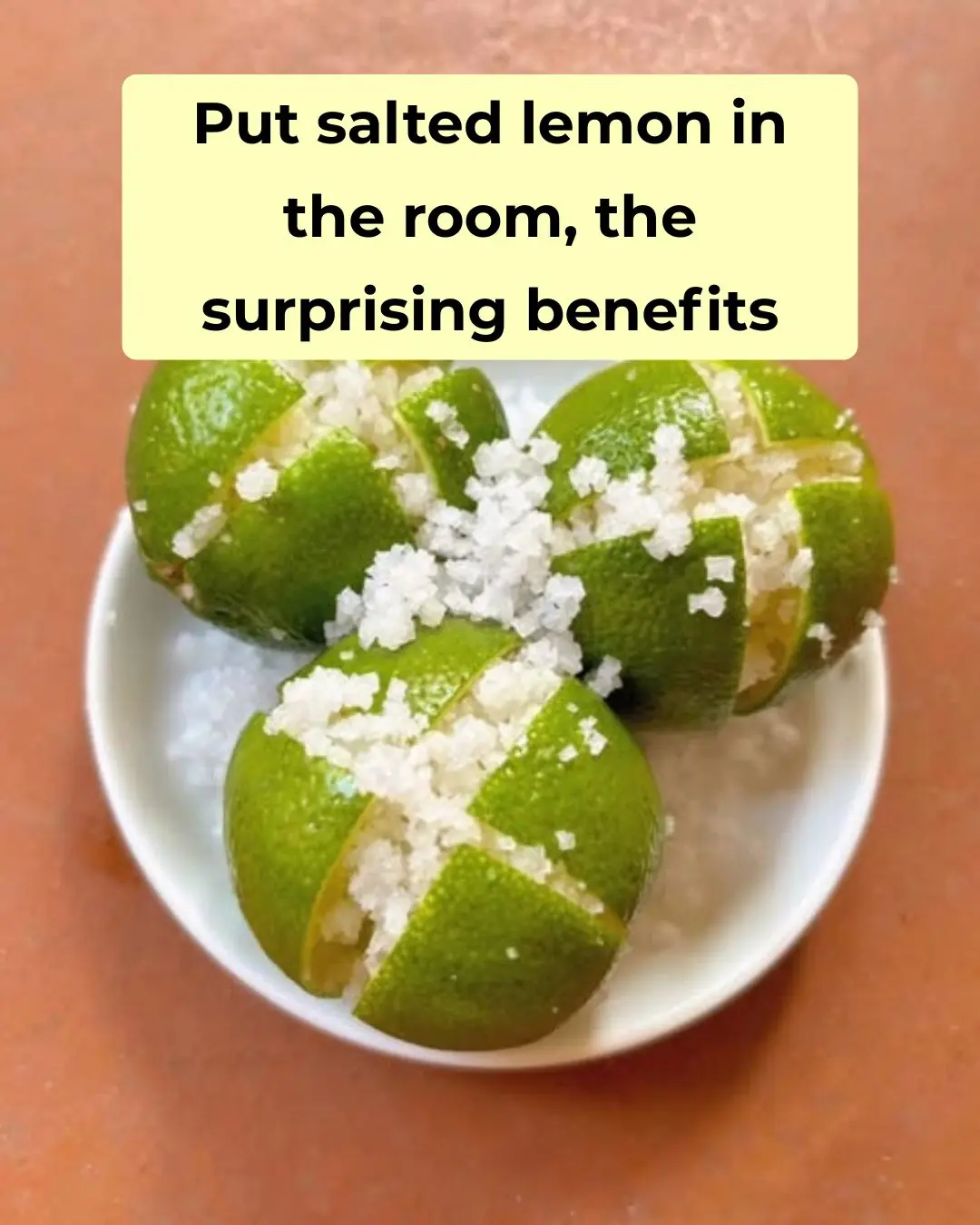
Put Salted Lemon in the Room—The Surprising Benefits
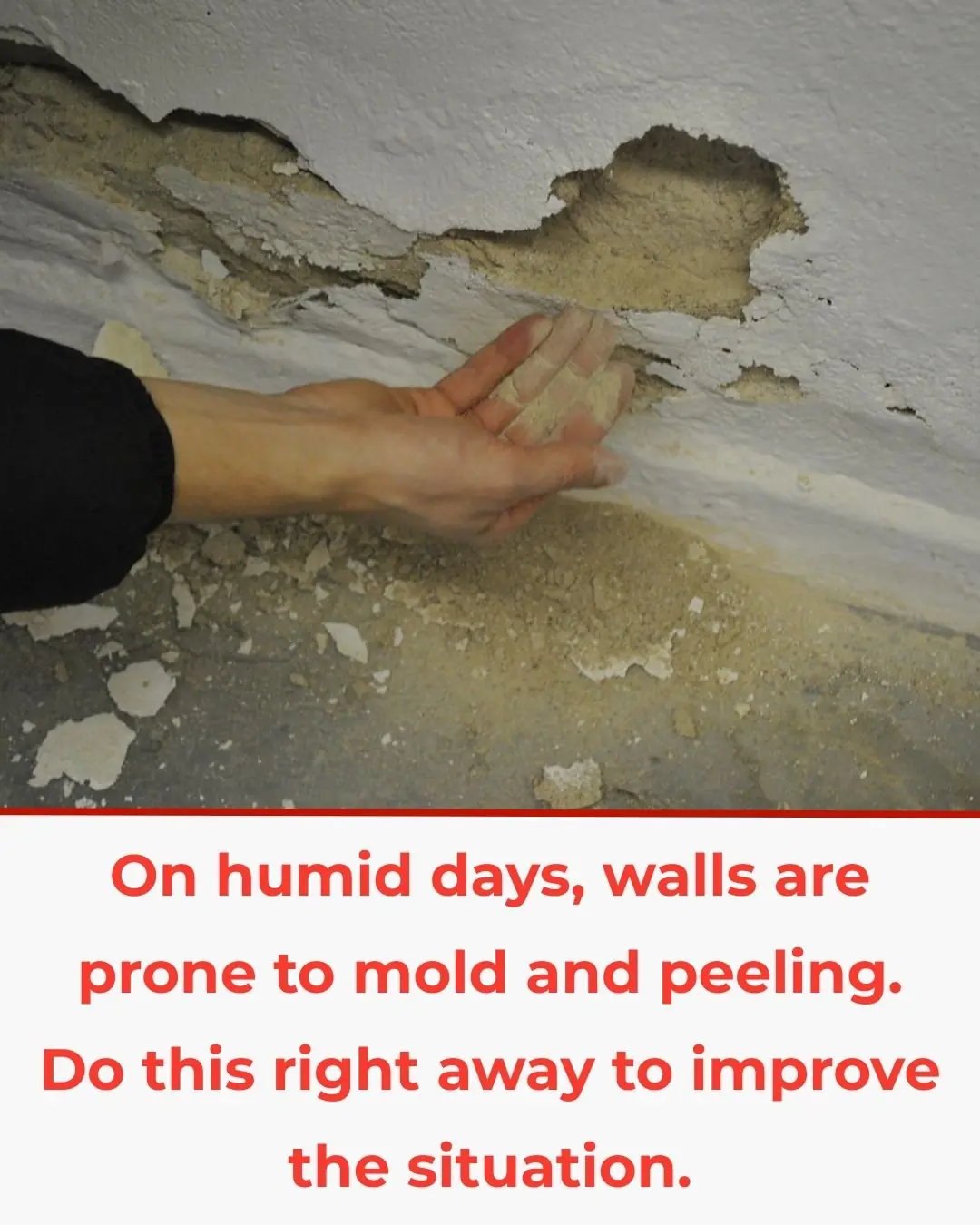
On Humid Days, Walls Are Prone to Mold and Peeling—Do This Right Away to Improve the Situation
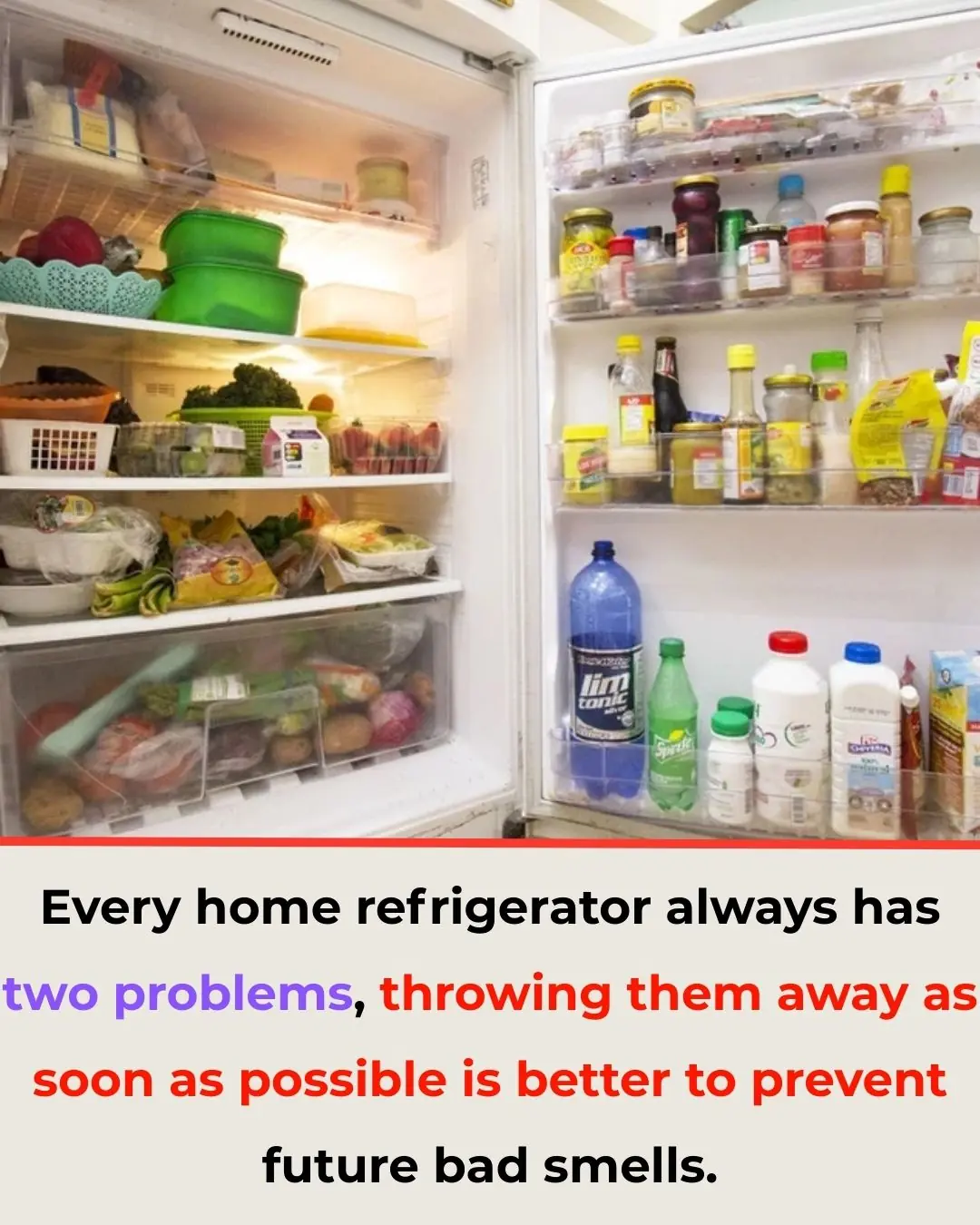
Every Home Refrigerator Always Has Two Problems—Throw Them Away as Soon as Possible to Prevent Future Bad Smells
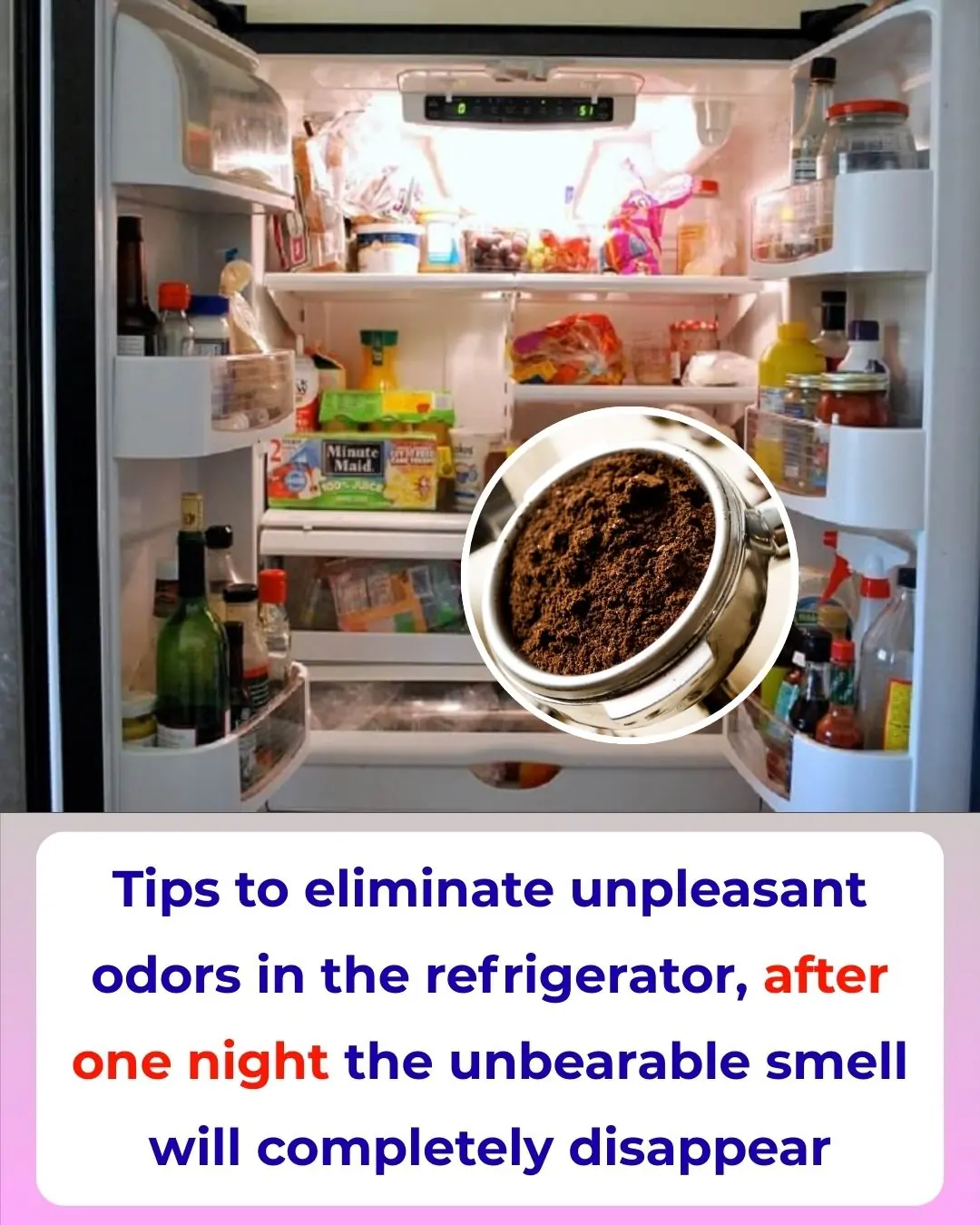
Tips to Eliminate Unpleasant Odors in the Refrigerator—After One Night, the Unbearable Smell Will Completely Disappear
News Post

Woman employed by popular mobile network sues company after being 'forced' to do nothing for 20 years

Insane simulation shows crazy impact of eating popular superfood everyday has on your body

Discovery Warrants Critical Rethink of Phantom Limb Pain Treatment

Can UV Light Reduce Infections in Long-Term Facilities?

Secret tip: How to clean glossy tiles at home without spending a penny

If your air fryer is rusty: Just do this and the rust will be easily cleaned

The surprising benefits of coffee grounds, if you have them at home, never throw them away

Eating sweet potatoes in the morning: A small habit, but you'll be amazed by the huge benefits it brings.

Effective and simple ways to restore a non-stick pan without needing to replace it
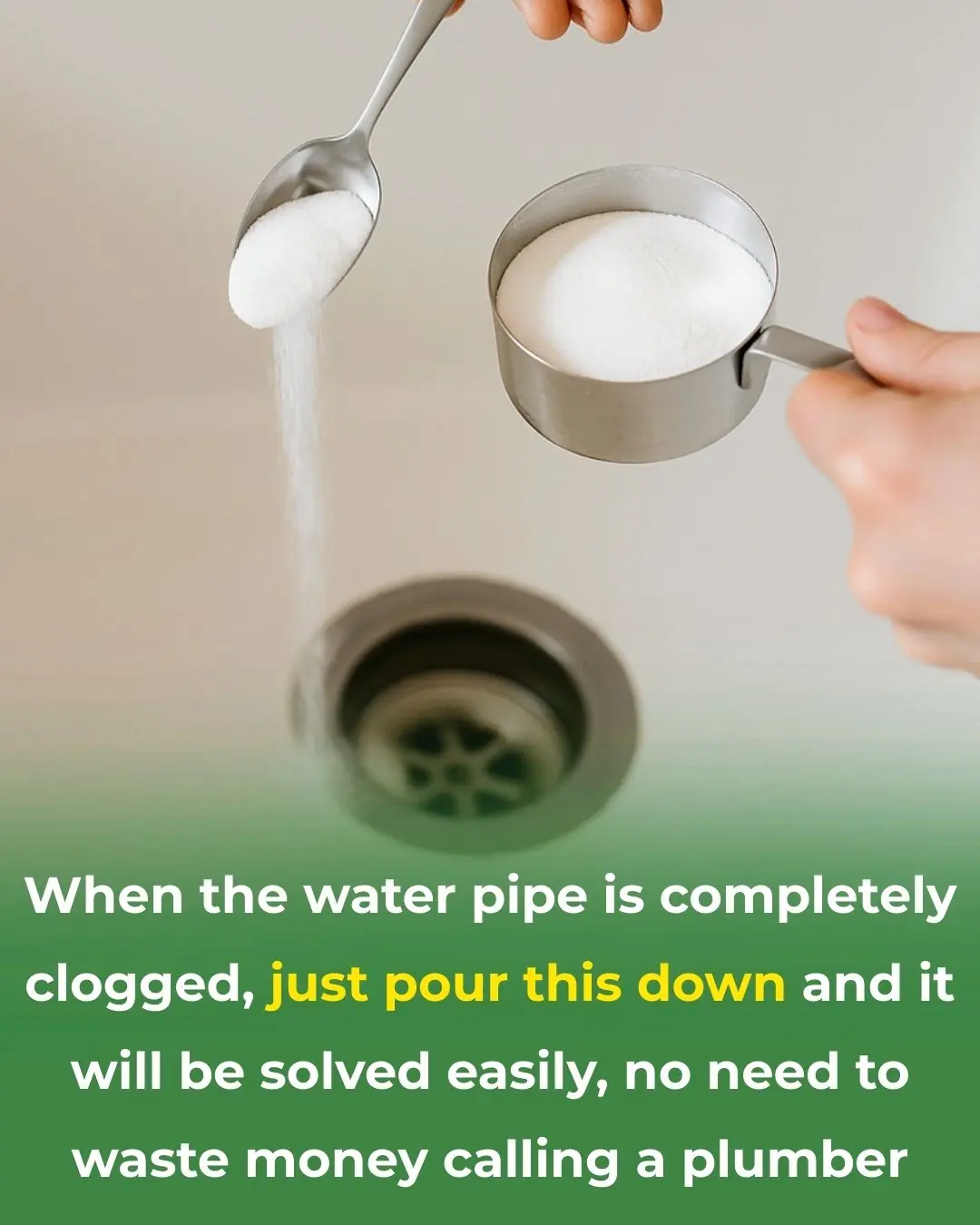
When the water pipe is completely clogged, just pour this down and it will be solved easily, no need to waste money calling a plumber.

Do you need to unplug the rice cooker after the rice is cooked? The answer is surprising.

10 Ordinary Fruits With Amazing Health Benefits

9 Medications That Can Negatively Interact With Green Tea

More people are dying from heart failure, doctors warn: give up these 4 habits now

How to Get Rid of Lizards: Effective Natural Ways that Really Work

How to Keep Snakes Away: Effective Snake Repellents

This School Is Teaching Teen Girls Important Life Skills Like Changing Tires and Other Car Maintenance

Indiana Woman Arrested After Traveling To DC To Kidnap And Assassinate Trump

Healthy Man Shares the Unexpected Bathroom Symptom That Exposed His Bowel Cancer
When 38-year-old Dave Paxton noticed his stool had turned darker than usual, he had no idea this small sign would lead to a devastating cancer diagnosis—one so rare that only 22 people in the world have ever had it.